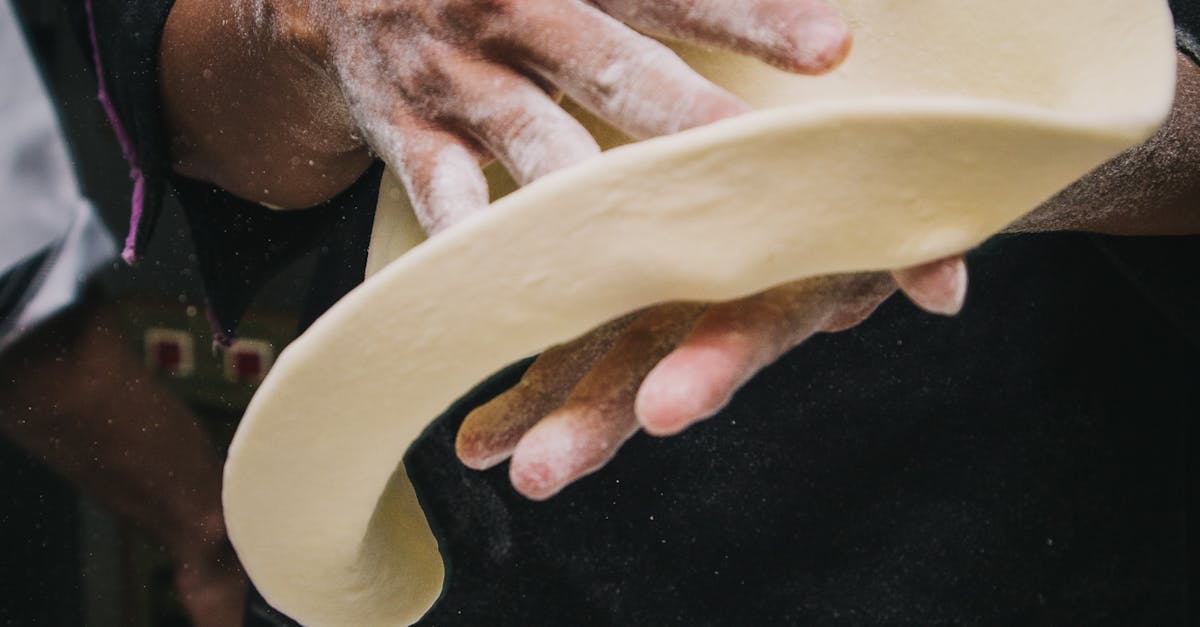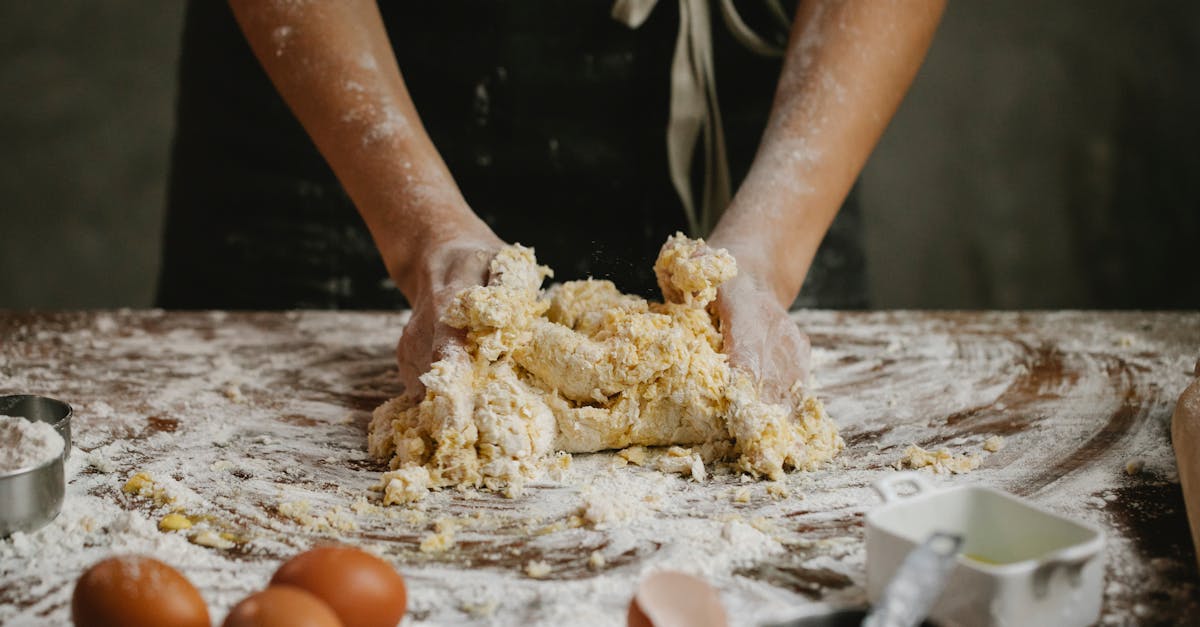Making pizza at home is not only fun but also incredibly rewarding when you bite into a slice of your creation. The foundation of a great pizza is the base, and mastering it is easier than you think. In this article, we will guide you through the essential steps to create a delicious pizza base from scratch.
| Ingredient | Quantity |
|---|---|
| All-purpose flour | 2 cups |
| Warm water | 3/4 cup |
| Active dry yeast | 1 teaspoon |
| Salt | 1 teaspoon |
| Olive oil | 1 tablespoon |
| Sugar | 1 teaspoon |
| Optional herbs (oregano, basil) | 1 teaspoon |
All-Purpose Flour
The primary ingredient for your pizza base is all-purpose flour. It gives the dough its structure and chewiness. You can also use bread flour if you want a chewier texture, but all-purpose flour works perfectly for a soft and light crust. Ensure that your flour is fresh and stored properly to achieve the best results.

Warm Water
Warm water is crucial for activating the yeast. Make sure the water is not too hot, as it can kill the yeast, or too cold, as it will slow down the activation process. The ideal temperature is around 110°F (43°C). This will help your dough rise and become fluffy when baked.

Active Dry Yeast
Yeast is what makes your pizza base rise. Active dry yeast needs to be activated before adding it to the flour. To do this, mix it with warm water and a bit of sugar, allowing it to sit for about 5-10 minutes until it becomes frothy. This indicates that the yeast is alive and ready to work its magic in your dough.

Salt
Salt is essential for flavor and also helps to strengthen the dough. It should be added to the flour before mixing in the yeast mixture to ensure that it doesn’t directly come into contact with the yeast, which can hinder its activation. A teaspoon of salt will enhance the overall taste of your pizza base.

Olive Oil
Olive oil adds richness to the dough and helps with its elasticity. It also contributes to a slightly crispy crust when baked. You can use extra virgin olive oil for a more robust flavor. Adding it to the dough will also keep it moist and prevent it from drying out during the rising process.

Sugar
A small amount of sugar is added to feed the yeast, helping it to activate and rise. It also contributes a subtle sweetness to the dough, balancing the savory flavors of the pizza toppings. While not strictly necessary, sugar can enhance the overall flavor and texture of your pizza base.

Optional Herbs (Oregano, Basil)
Adding herbs to your pizza dough can infuse it with flavor. Oregano and basil are classic choices that complement most pizza toppings. You can mix in dried herbs directly into the flour before adding the wet ingredients. This adds an aromatic touch that elevates your homemade pizza experience.

FAQ
Can I use whole wheat flour instead of all-purpose flour?
Yes, you can use whole wheat flour for a healthier option. However, it may result in a denser crust. You can also mix whole wheat flour with all-purpose flour for a balanced texture.
How long should I let the dough rise?
Allow the dough to rise for at least 1 hour in a warm place until it doubles in size. If you have more time, letting it rise longer can improve the flavor and texture.
Can I make the dough ahead of time?
Absolutely! You can prepare the dough in advance and store it in the refrigerator for up to 2 days. Just make sure to let it come to room temperature before rolling it out.
What temperature should I bake my pizza at?
For the best results, preheat your oven to its highest setting, usually around 475°F to 500°F (245°C to 260°C). This high temperature helps achieve a crispy crust.
Can I freeze the dough?
Yes, you can freeze the dough after it has risen. Wrap it tightly in plastic wrap and store it in an airtight container. When you’re ready to use it, thaw it in the refrigerator overnight and let it come to room temperature before shaping.
What toppings can I use on my pizza?
The options are endless! You can use traditional toppings like tomato sauce, mozzarella cheese, pepperoni, and vegetables, or get creative with gourmet ingredients like prosciutto, arugula, or fig jam.
For further reading and information on pizza making, you can refer to trusted sources such as the [USDA](https://www.usda.gov) and [FDA](https://www.fda.gov).
